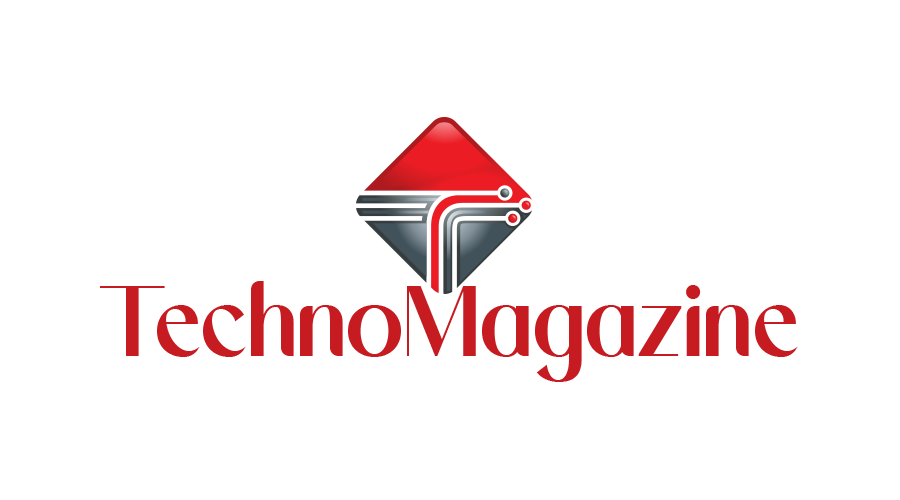Tender management software plays a crucial role in streamlining the process of responding to Requests for Proposals (RFPs) and tenders, helping organizations manage, automate, and optimize their bidding processes. Whether you’re new to tender management software or looking to upgrade your existing tools, understanding the essential features can guide you in making informed decisions. This blog outlines the 10 key features that effective tender management software should possess to enhance efficiency, collaboration, and overall success in securing contracts.
1. Template Management
Effective tender management software should offer robust template management capabilities. This includes:
- Template Library: A centralized repository to store and organize bid templates, ensuring consistency and efficiency in preparing responses.
- Customization: Ability to customize templates to fit specific RFP requirements and tailor responses to different clients or industries.
2. Collaboration Tools
Facilitating seamless collaboration among team members is essential for successful tender management:
- Real-time Collaboration: Tools for team members to collaborate in real-time on bid documents, share feedback, and track changes.
- Task Assignment: Ability to assign tasks, set deadlines, and monitor progress within the software to ensure accountability and efficiency.
3. Automation Capabilities
Automation streamlines repetitive tasks and enhances productivity:
- Auto-Generation of Responses: Automation features to generate standard responses for common sections or questions in RFPs, saving time and reducing manual effort.
- Workflow Automation: Automating workflow processes such as approval cycles, notifications, and document routing to improve efficiency and compliance.
4. Document Management
Effective management of documents throughout the tender process is crucial:
- Version Control: Ensuring that all team members work with the latest version of bid documents to avoid inconsistencies and errors.
- Secure Storage: Secure cloud-based storage for documents, with access controls and encryption to protect sensitive information.
5. Integration Capabilities
Seamless integration with other business systems enhances overall workflow efficiency:
- CRM Integration: Integration with Customer Relationship Management (CRM) systems to sync client information, track interactions, and manage relationships.
- ERP Integration: Integration with Enterprise Resource Planning (ERP) systems for financial data, project management, and resource allocation.
6. Analytics and Reporting
Analytics provide insights into bid performance and enable data-driven decision-making:
- Performance Metrics: Tracking metrics such as win rates, bid submission times, and client feedback to evaluate success and identify areas for improvement.
- Custom Reports: Ability to generate custom reports and dashboards to visualize data and trends, facilitating strategic planning and forecasting.
7. Compliance Management
Ensuring adherence to RFP requirements and regulatory standards is critical:
- Compliance Checks: Tools to validate bid responses against RFP criteria and compliance regulations to mitigate risks and ensure accuracy.
- Audit Trails: Maintaining audit trails of all activities and changes made during the bid preparation process for transparency and accountability.
8. Security Features
Robust security measures safeguard sensitive bid information:
- Data Encryption: Encryption protocols to protect data in transit and at rest, ensuring confidentiality and compliance with data protection regulations.
- Access Controls: Role-based access controls (RBAC) to restrict access to confidential bid documents and sensitive information based on user roles and permissions.
9. Mobile Compatibility
Support for mobile devices enables flexibility and accessibility:
- Mobile Apps: Mobile-friendly interfaces or dedicated mobile apps that allow team members to access, review, and collaborate on bid documents anytime, anywhere.
- Offline Access: Capability to work offline and sync changes when reconnecting to the internet, ensuring productivity even in low-connectivity environments.
10. Customer Support and Training
Effective software should be backed by comprehensive support and training resources:
- Training Programs: Onboarding sessions, user guides, and training materials to help team members effectively use the software and its features.
- Customer Support: Responsive customer support services to address technical issues, provide assistance, and resolve queries promptly.
Conclusion
Choosing the right tender software with these essential features can significantly enhance your organization’s ability to manage and optimize the tender process. Whether you prioritize collaboration, automation, security, or analytics, investing in a comprehensive solution tailored to your needs will streamline operations, improve bid quality, and ultimately increase your success rate in securing lucrative contracts. Evaluate potential software solutions based on these key features to ensure they align with your organization’s goals and operational requirements, paving the way for enhanced efficiency and competitiveness in tender management.

